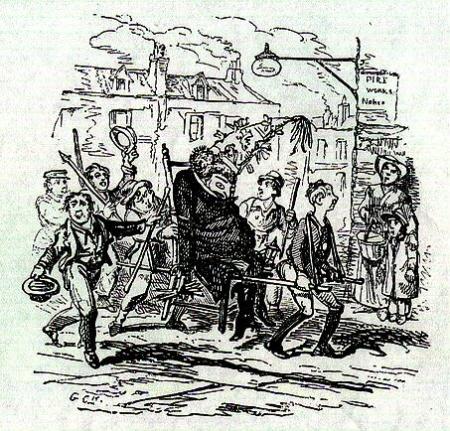
“Would you make us a traditional English Christmas cake?” asked my very dear friend, with whose family I will spend Christmas Eve.
“Yes, of course,” I said, even though the request came in early December and if a Christmas fruitcake is to be good, if should be made no later than September.
When I first came to live in the United States, I couldn’t understand why fruitcake was such a joke. It was something I loved. Then I tasted the local version, and (all apologies to my adopted country), I understood why. The American version is extremely sweet, glutinous, overloaded with glace cherries, angelica, citron, and so on; and the bought version has a chemical taste.
An English fruitcake contains raisins, currants, sultanas (unobtainable in my region of the U.S., and no, golden raisins are not the same thing), a small amount of candied cherries and lemon and orange peel; and rum and brandy. By the time it’s aged, with the help of regular drinks of rum and brandy poured over it, it’s rich but not over-sweet. A week before Christmas, it’s coated with a layer of marzipan, and a few days later, it is frosted with Royal icing (powdered sugar, egg white, and lemon juice) and decorated with tiny figurines of snowmen, Father Christmas, and so on. It is placed on a cake board, something you can buy easily in England at this time of year but not in the United States; then it’s surrounded by a paper cake frill, something else unobtainable here, so I made a reusable fabric one many years ago.
When I was little, I’d carefully separate the marzipan from the cake and the white icing, give the marzipan to my father, and eat the cake and white icing. Since I’ve (sort of) grown up, I scrape off the white icing and eat the cake and the marzipan.
My cake hasn’t had enough time to grow into its role. It’ll be okay but not stellar. And it’s been many years since I made and iced a Christmas cake; the icing, which I did last night, is way too sweet. I should have put in fewer egg whites and more lemon juice. However, it looks pretty and brings back childhood memories, and since mine were happy, scraping off the frosting won’t make a difference.



 Posted by Judith
Posted by Judith 











